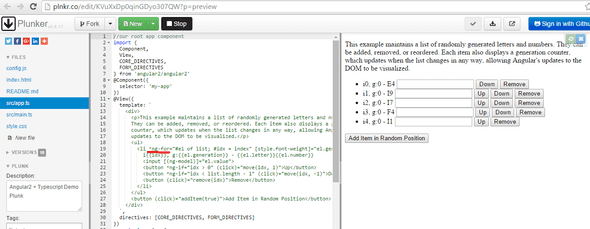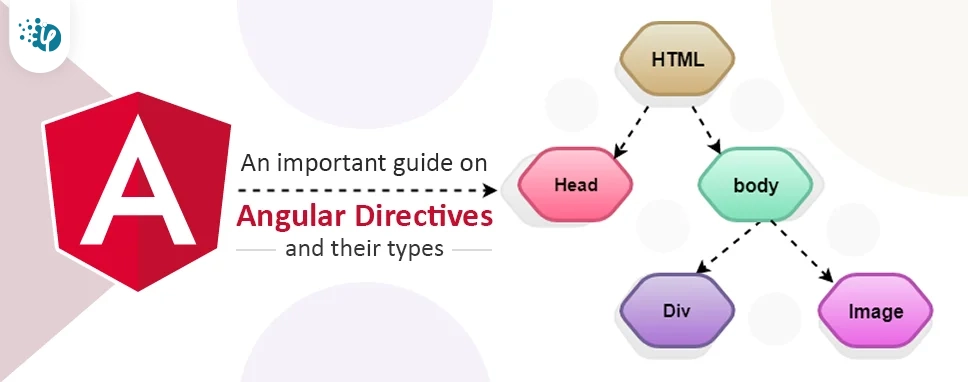Angular 2 Uses Which Case for Built in Directives
For fast views on mobile. We can also create our own.

Angular Directive Case Building Spas
This allows you to add a switch statement with many cases to check many values.

. How to use ngfor. Directives are the most common structures in angular 2 application. Angular 2 has the following directives that get called as part of the BrowserModule module.
A ES5 B ES6 C TypeScriptor D Dart 7. Addition of styles can be implemented using directives. Angular provides many built-in Attribute Directives like NgStyle NgClass etc.
Angular directives allow you to use if statements and for loops and add other behavior to the HTML code of an Angular project. Angular provides a number of built-in directives which are attributes we add to our HTML elements that give us dynamic behavior. It appears that all angular2 built-in directives eg ngFor ngIf are all converted to all lowercase eg ngfor ngif which cases the error.
Cycles and logical expressions are also implemented as directives. In this case the delimiter is set to a semi colon followed by a space. As you can see the default color of our directive will be gray and when you click on the text it tuns into red and if you double click on the text then it tuns green.
Directives are classes that add additional behavior to elements in your Angular applications. Directives are classes that add additional behavior to elements in your Angular applications. It is used to extend HTML elemets attribute.
I tried create a separate project and this time not using any built-in directives from angular 2 everything works fine. There are two ways to use this directive the first is by passing an object literal to the directive like so. There are two types of directives.
I also use a directive to connect reactive forms to my ngrx store loading data from the store and dispatching actions via callbacks passed through directives on the form element. Syntax for built-in directives. As you can see the default color of our directive will be gray and when you click on the text it tuns into red and if you double click on the text then it tuns green.
How to Use Built-In Angular Directive. Used with a template. Directives are just like other Angular 2 members created as a class.
This series is intended for new and experienced Angular. Theyre just instructions which are executed by angular application. This is part of an ongoing series covering all the built-in Angular structural directives.
A directive is a custom HTML element that is used to extend the power of HTML. Attribute directivesdirectives that change the appearance or behavior of an element component or another directive. A directive in AngularJS is a meaningful name for a function that is attached with DOM elements.
That one is a bit of a beast but its massively simpler with a directive. Testing a custom directive. NgIf ngFor and ngSwitch are the built-in structural directives provided by angular.
NgIf is pretty. A directive in AngularJS is a meaningful name for a function that is attached with DOM elements. The ng-list directive uses a default delimiter of comma space.
These directives are also used to hide or show particular DOM elements conditionally. Directives components. For example components are directives.
NgIf ngFor ngClass and More. Demo of directive using Host Listener. Use Angulars built-in directives to manage forms lists styles and what users see.
Use Angulars built-in directives to manage forms lists styles and what users see. The NgClass directive will feel very similar to what ngClass used to do in Angular 1. In the case of NgClass the.
All AngularJS built in directives prefixed with the ng namespace. A client side rendering B server side rendering 8. Demo of directive using Host Listener.
All AngularJS built in directives prefixed with the ng namespace. We can use attribute directives to change the style of DOM elements. Syntax for built-in directives.
NgIf ngFor and ngSwitch are the built-in structural directives provided by Angular. You can use languages like. But to invoke an Angular directive you should use square braces.
See the live example download example for a working example containing the code snippets in this guide. Angular 2 uses. NgClass directive will add first class name to some-element if local property isFirst is true and same thing for second.
Based on the cases certain HTML elements will show. In this chapter were going to cover each built-in directive and show you examples of how to use them. AngularJS directives have the ability to execute methods define behavior attach controllers and scope objects manipulate the DOM and more.
Attribute Directives are responsible for manipulating the appearance and behavior of DOM elements. It is used to extend HTML elemets attribute. Angular Structural Directives Part 2.
Dynamically add components using ViewContainerRefcreateComponent. The class is then decorated with the Directive decorator which is imported from the angularcore barrel. I find directives are really handy for bridging non-Angular bits into Angular.
A Pascal case B Snake case C Camel case D Underscore case 6. By the end of this chapter youll be able to use the basic built-in directives that Angular offers. Then in this case.
To write Angular 2 code. How to Use ngif. Example for routes such as routesubroute for static urls.
5 rows Angular 2 uses. By defining this module you will have access to the 2 directives. If you view the appmodulets file you will see the following code and the BrowserModule module defined.
The ng-list directive is used to convert a delimited string from a text input to an array of strings or vice versa. The directive specifies a selector which is what will be looked. You can set the delimiter manually by assigning ng-list a delimeter like this ng-list.
Angular 2 uses. Each directive has a selector to be invoked by Angular template compiler.

Angular Styling With Ngstyle Ngclass By Denis Cangemi Jan 2021 Level Up Coding In 2021 Angular Syntax Coding

An Important Guide On Angular Directives And Their Types

A Quick Guide To Angular Directive And List Of Directives In Angular
Comments
Post a Comment